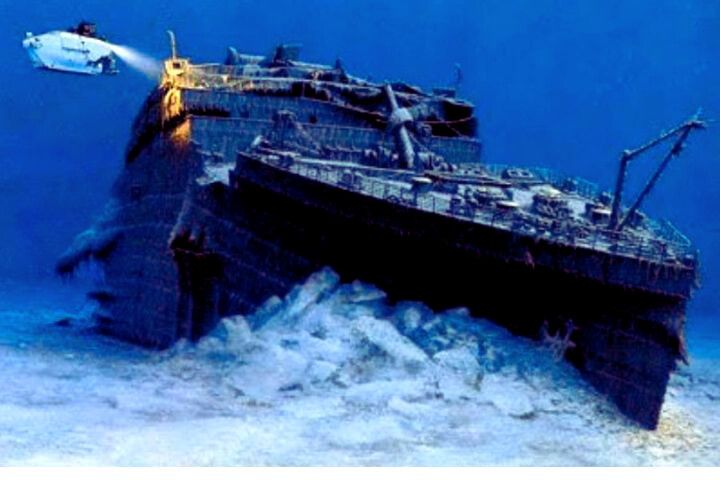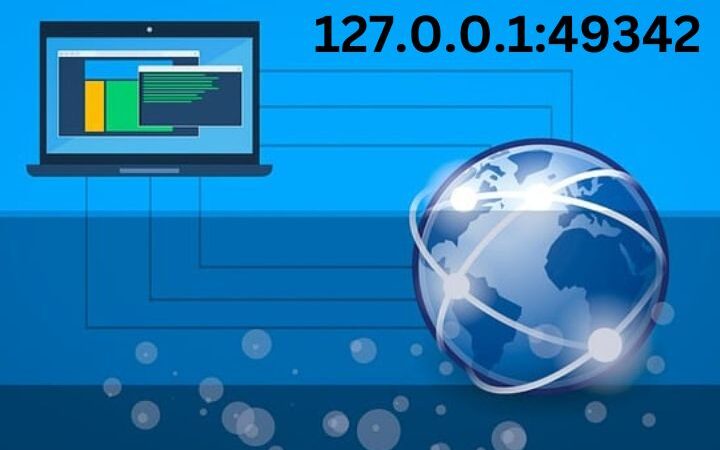Exploring The Deep: Navigating The Titanic Google Earth’s 3D Tours

Titanic google earth : The tragic sinking of the RMS Titanic has captivated the world’s imagination for over a century. It’s a story of luxury, human hubris, and unfathomable loss, with the ship’s final resting place deep beneath the North Atlantic’s icy waters.
For decades, the mysteries of this sunken behemoth remained hidden from view. However, thanks to technological advancements, you can now embark on a virtual expedition to explore the Titanic’s grave with Google Earth’s breathtaking 3D tours.
In this article, we will dive into the remarkable world of 3D tours and how they have transformed our ability to visit the Titanic wreck, the history of the Titanic, the significance of preserving its memory, and the potential implications for underwater archaeology.
Table of Contents
The History of the Titanic Google Earth
Before we delve into the modern technological marvel that is Google Earth’s 3D tour of the Titanic, it’s essential to appreciate the historical significance of this ill-fated ship.
The RMS Titanic was a marvel of its time, embodying the Edwardian era’s luxury and ambition. Constructed in the early 20th century, it was the largest and most luxurious ship. Tragically, on the night of April 15, 1912, the Titanic struck an iceberg during its maiden voyage from Southampton to New York City. The ship, deemed “unsinkable” by many, sank beneath the icy waters, claiming the lives of over 1,500 passengers and crew.
For years, the Titanic’s final resting place remained undiscovered. The ship’s exact location was a mystery that tantalized explorers, researchers, and history enthusiasts worldwide. 1985, the ship was finally located, resting over 12,000 feet beneath the North Atlantic’s frigid surface.
The Significance Of Preserving The Titanic’s Memory
The Titanic’s story is more than a maritime disaster; it’s a poignant reminder of man’s hubris and the fragile nature of human existence. Preserving the memory of the Titanic and the lessons it imparts is vital. Here are some reasons why the Titanic’s story remains significant today:
1. Historical Lessons:
The Titanic disaster highlighted the limits of technology and human overconfidence. It serves as a cautionary tale, reminding us of the need to respect the forces of nature and the importance of preparedness.
2. Cultural Impact:
The Titanic has left an indelible mark on popular culture. Countless books, films, and documentaries have been inspired by its story, ensuring it continues to resonate with people of all generations.
3. Maritime Safety:
The Titanic’s sinking led to significant advancements in maritime safety regulations. Today, the lessons learned from the disaster contribute to the safety of modern ships and the well-being of passengers and crew.
4. Commemoration:
Visiting the Titanic site and paying tribute to those who lost their lives is a way to honor their memory. It’s also a powerful experience for descendants of the survivors and victims.
Google Earth’s 3D Tour: A Technological Triumph
In recent years, technology has made it possible to bring the Titanic’s story to a global audience like never before. In collaboration with organizations like the National Oceanic and Atmospheric Administration (NOAA) and the Waitt Institute, Google Earth has developed a stunning 3D tour of the Titanic wreck.
This technological feat allows anyone with an internet connection to embark on a virtual journey to explore the Titanic in unprecedented detail. Using Google Earth, you can now descend into the depths of the North Atlantic and witness the remains of the Titanic from the comfort of your own home. Here’s how it works:
1. Open Google Earth:
Open the Google Earth application on your computer or mobile device.
2. Search for Titanic:
Type “Titanic” into the search bar to locate the 3D tour.
3. Dive into History:
Once you’ve located the Titanic, click on it to start your virtual tour. You’ll be able to explore the ship’s remains, examine artifacts, and learn about the history and significance of this iconic vessel.
The 3D tour offers an immersive experience, with high-resolution imagery that reveals the ship’s current state in stunning detail. You can “swim” around the wreck, navigate through its various sections, and profoundly understand the ship’s final moments.
Implications For Underwater Archaeology
The availability of 3D tours through platforms like Google Earth has significant implications for underwater archaeology. Here are a few ways this technology is reshaping the field:
1. Preservation of Historical Sites:
Traditional underwater archaeological expeditions can be costly and disruptive to fragile sites like the Titanic. Virtual 3D tours provide a non-invasive means to explore and document these sites, preserving them for future generations.
2. Education and Outreach:
3D tours allow a broader audience to explore and understand underwater archaeological sites. This promotes awareness and fosters an appreciation for maritime history and the importance of preserving these sunken treasures.
3. Research and Documentation:
Archaeologists and researchers can use detailed imagery from 3D tours to study shipwrecks and their associated artifacts without disturbing the physical site. This can lead to new insights and discoveries about historical events.
4. Conservation Efforts:
By raising awareness of underwater archaeological sites through virtual tours, public support for their conservation is increased. The more people value these sites, the more likely they will be protected from looting and other threats.
The Future Of Underwater Exploration
Google Earth’s 3D tour of the Titanic represents just one small step in underwater exploration. With advancements in technology, we can expect even more remarkable virtual experiences. The possibilities are endless, from other famous shipwrecks like the Bismarck to hidden treasures on the ocean floor.
As technology continues to evolve, we may soon be able to explore these underwater wonders with virtual reality, allowing us to immerse ourselves fully in the ocean’s depths. These advancements can unlock untold stories, connect us with the past, and inspire future explorers and archaeologists.
Conclusion
The story of the Titanic remains an enduring symbol of human ambition, tragedy, and the relentless march of time. Thanks to Google Earth’s 3D tour, we can now embark on a virtual expedition to explore the North Atlantic’s depths and witness this iconic shipwreck’s legacy. The significance of preserving the memory of the Titanic and the lessons it imparts cannot be overstated. Furthermore, the availability of 3D tours is revolutionizing the field of underwater archaeology, providing a powerful means to educate, engage, and inspire people worldwide.
The Titanic’s journey from a luxury liner to a tragic wreck and its subsequent resurgence as a technological marvel demonstrates the power of human innovation and the boundless opportunities for exploration that the digital age offers. As we navigate the abyss of the Titanic’s history with Google Earth’s 3D tours, we’re reminded that our ability to connect with the past and the mysteries of the deep is ever-expanding. In doing so, we honor the memory of those who sailed on the Titanic and those who dedicated their lives to discovering its secrets.
Also read : picnob






